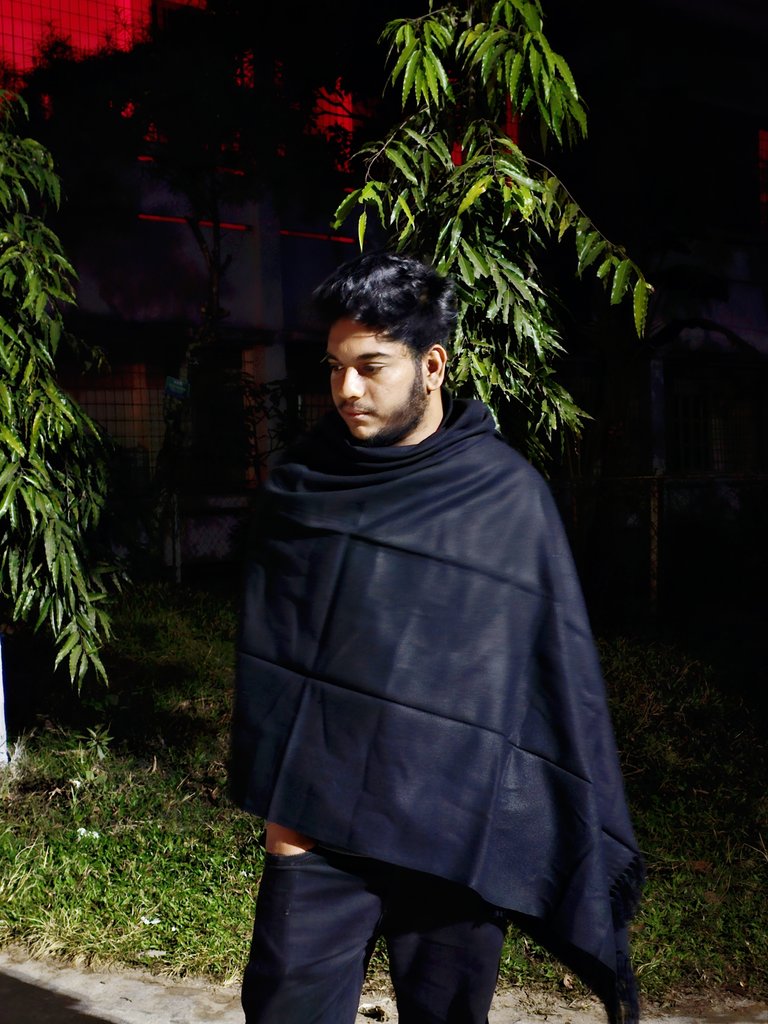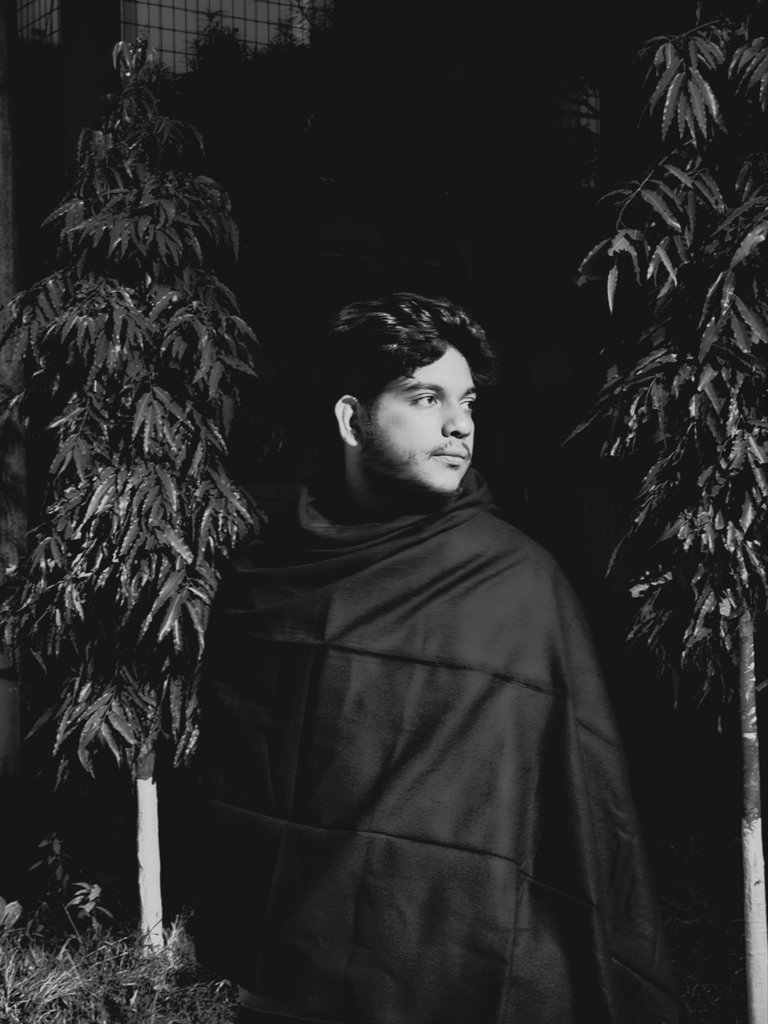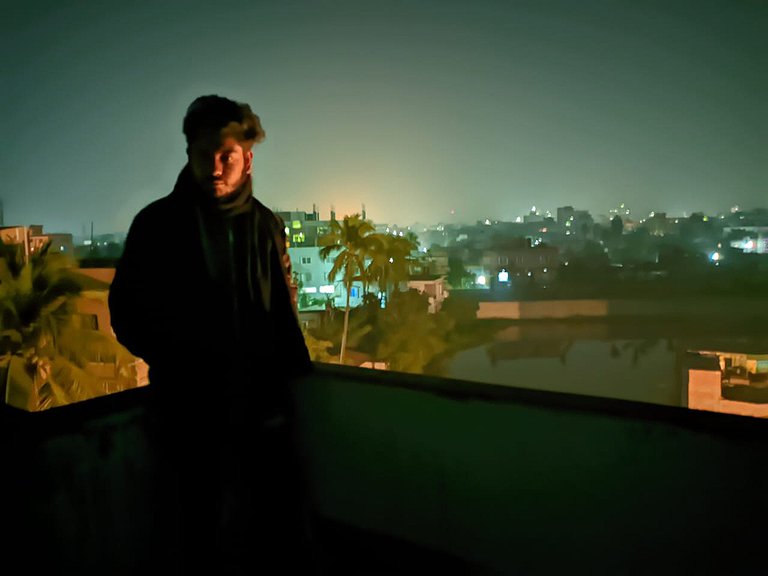Photography: A Timeless Art and Its Evolution

Photography, an art form that captures moments in time, has shaped human communication, storytelling, and memory preservation for nearly two centuries. From its origins as a technical curiosity to its modern-day status as a ubiquitous medium of self-expression and documentation, photography continues to evolve, blending art, science, and technology. This article explores the history, techniques, equipment, and contemporary trends in photography, alongside its profound impact on society.
The Birth of Photography: A Historical Perspective
The invention of photography traces back to the early 19th century, marked by the pioneering efforts of Joseph Nicéphore Niépce. In 1826, he created the first permanent photograph using a technique called heliography. Shortly after, Louis Daguerre advanced the field with the development of the daguerreotype, which offered clearer and more detailed images.
By the mid-19th century, photography transitioned from being a scientific marvel to an accessible medium. Innovations such as the collodion process and the advent of roll film, popularized by George Eastman and Kodak, democratized photography. This shift enabled everyday individuals to capture their lives, turning photography into a cultural phenomenon.
The Evolution of Photographic Techniques
Photography techniques have transformed significantly over time, influenced by technological advancements and artistic experimentation.
Analog Photography
Analog photography dominated the first century of the medium's existence. Photographers used film to capture images, which required careful exposure settings, darkroom processing, and chemical expertise. Despite its labor-intensive nature, analog photography offered unmatched depth, texture, and tonal quality.



Digital Photography
The transition to digital photography in the late 20th century revolutionized the field. Digital sensors replaced film, enabling instant image review and editing. This development not only accelerated the photography process but also made it more cost-effective and accessible to a broader audience.



Hybrid Techniques
Contemporary photographers often combine analog and digital methods to achieve unique aesthetics. For example, some artists shoot on film and then scan their negatives for digital editing, merging the best of both worlds.
The Tools of Photography
Photography's evolution is closely tied to advancements in equipment. From the bulky, tripod-mounted cameras of the 19th century to today’s pocket-sized smartphones, each era has brought innovations that expand creative possibilities.
Cameras
DSLR and Mirrorless Cameras: These professional-grade cameras offer versatility, interchangeable lenses, and high-resolution sensors. Mirrorless models, in particular, have gained popularity due to their compact size and advanced features.
Point-and-Shoot Cameras: Designed for convenience, these cameras are ideal for casual photographers seeking simplicity without compromising quality.
Smartphone Cameras: The rise of smartphones has democratized photography, allowing anyone with a phone to capture high-quality images. Advances in computational photography have further enhanced their capabilities.
Lenses
Lenses are crucial for achieving desired effects. Wide-angle lenses capture expansive landscapes, telephoto lenses excel in wildlife and sports photography, and prime lenses are known for their sharpness and depth of field.
Accessories
Tripods, external flashes, filters, and drones are among the many tools that photographers use to refine their craft. These accessories enable stability, creative lighting, and unique perspectives.
The Art of Composition and Lighting
Photography is not merely about equipment; it’s an art that requires a deep understanding of composition and lighting.
Composition
Techniques like the rule of thirds, leading lines, and framing guide the viewer's eye and create a balanced image. Experimentation with angles, symmetry, and patterns can also yield compelling results.
Lighting
Light is the cornerstone of photography. Natural light creates a soft, organic feel, while artificial light allows precise control over shadows and highlights. Mastering lighting techniques, such as backlighting, side lighting, and chiaroscuro, elevates a photograph from mundane to extraordinary.
Photography as a Medium of Storytelling
Photography transcends technical boundaries to become a powerful storytelling medium. Iconic images like Dorothea Lange’s Migrant Mother or Steve McCurry’s Afghan Girl have shaped public consciousness and evoked global empathy.
Photojournalism
Photojournalism uses photography to document events and tell stories with emotional depth. It is an essential tool for capturing historical moments and conveying human experiences.
Fine Art Photography
Fine art photography blurs the line between reality and imagination. Artists use photography to express concepts, emotions, and narratives, often employing surreal or abstract elements.
Personal Documentation
Photography allows individuals to document their lives and preserve memories. From family portraits to travel snapshots, personal photography creates a visual legacy for future generations.
Contemporary Trends in Photography
Modern photography continues to evolve, shaped by cultural shifts, technological innovation, and changing consumer preferences.
Social Media and Instant Sharing
Platforms like Instagram and TikTok have transformed photography into a social currency. Users share curated snapshots of their lives, turning photography into a tool for self-expression and community engagement.
AI and Computational Photography
Artificial intelligence has revolutionized photography by automating complex tasks like focus, exposure, and post-processing. Features like portrait mode, night mode, and real-time image enhancement rely on AI to deliver professional-grade results.
Sustainability and Ethical Practices
Photographers are increasingly mindful of environmental and ethical considerations. Sustainable practices, such as reducing waste in production and respecting cultural sensitivities, are gaining prominence in the industry.
Immersive Technologies
Virtual reality (VR) and 360-degree photography provide immersive experiences that allow viewers to explore spaces interactively. These technologies are popular in real estate, tourism, and documentary filmmaking.
The Impact of Photography on Society
Photography has profoundly influenced culture, communication, and human interaction.
Cultural Preservation
Photography documents traditions, ceremonies, and lifestyles, serving as a visual archive for future generations. It is a critical tool for preserving intangible heritage in a rapidly globalizing world.
Social Movements
Photographs play a pivotal role in social and political activism. Images from protests, humanitarian crises, and social movements amplify voices and inspire change.
Commercial and Marketing Applications
Photography drives advertising, branding, and e-commerce. High-quality visuals are essential for creating compelling campaigns and engaging consumers.
Challenges and Future Prospects
Despite its many advancements, photography faces challenges in the digital age. Issues like copyright infringement, misinformation through manipulated images, and the oversaturation of visual content pose ethical dilemmas.
Looking ahead, the future of photography lies in further integration with emerging technologies. Quantum imaging, neural networks, and augmented reality promise to redefine the boundaries of what photography can achieve.
Conclusion
Photography is an ever-evolving art form that bridges the gap between science and creativity. Its ability to capture and preserve moments, tell stories, and inspire change makes it an indispensable part of human culture. As we continue to push the boundaries of technology and artistic expression, photography will remain a timeless and transformative medium, shaping the way we see the world.